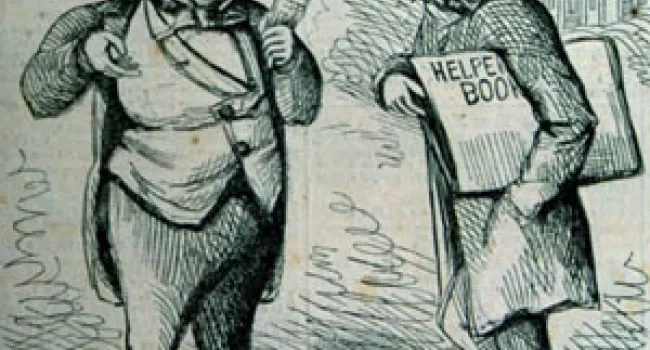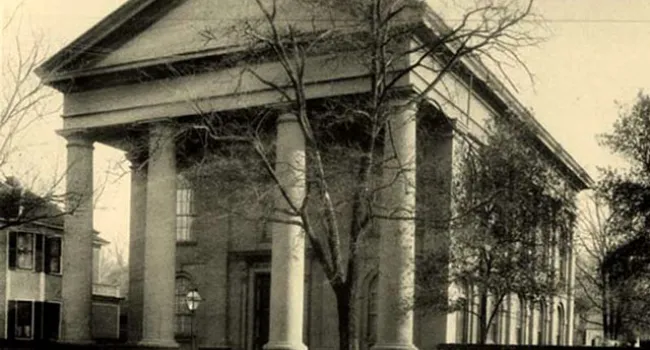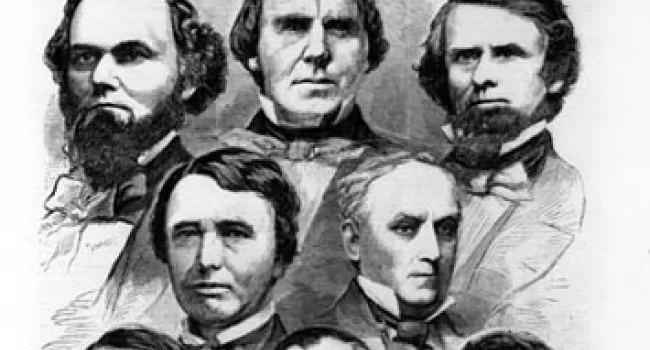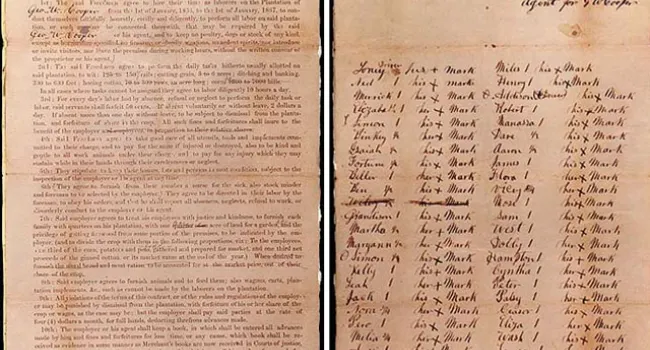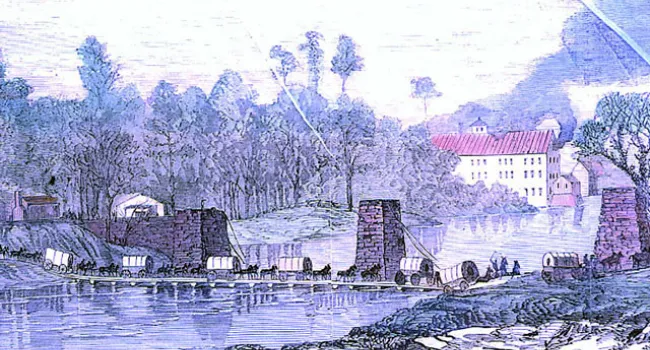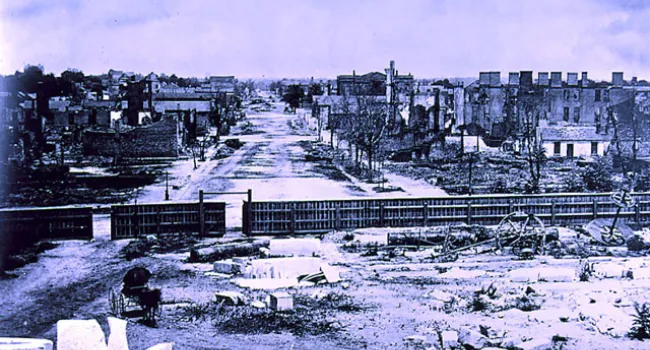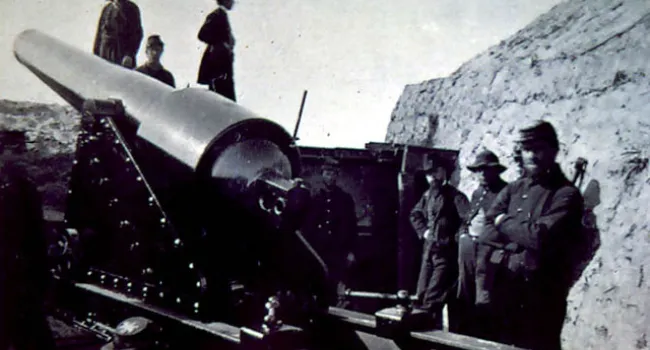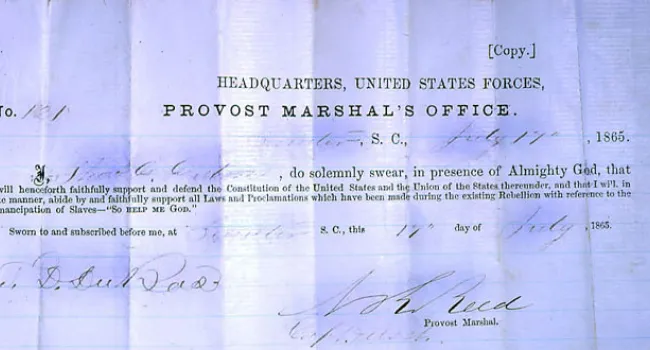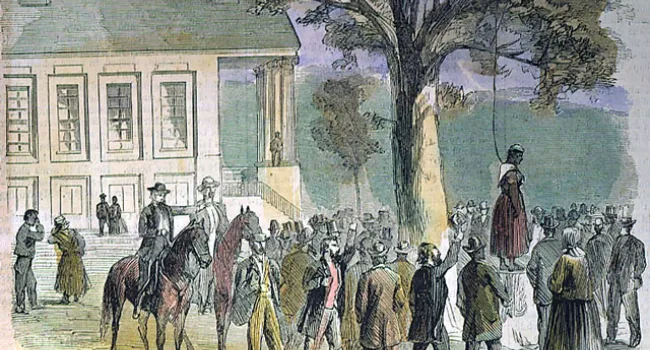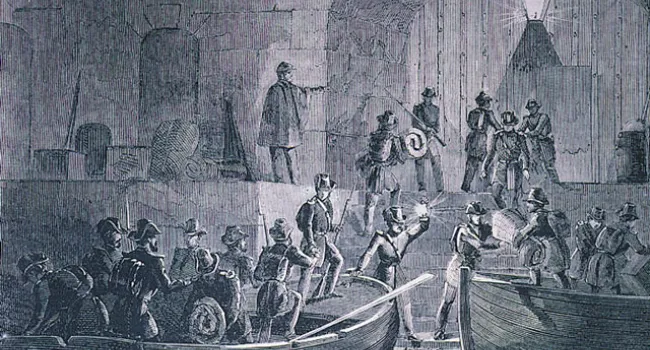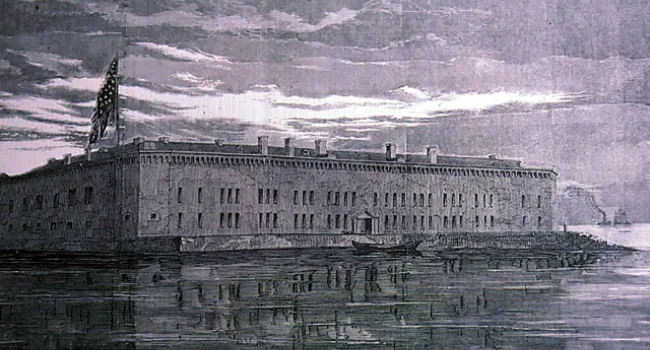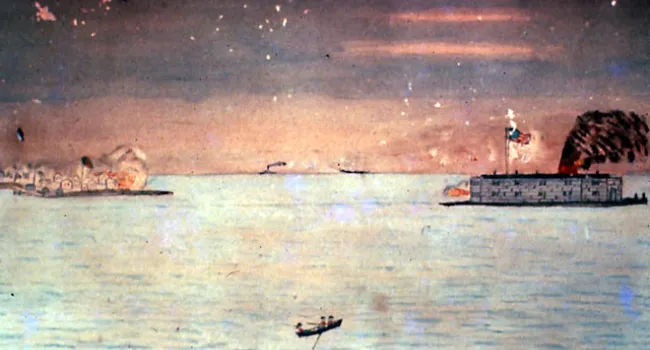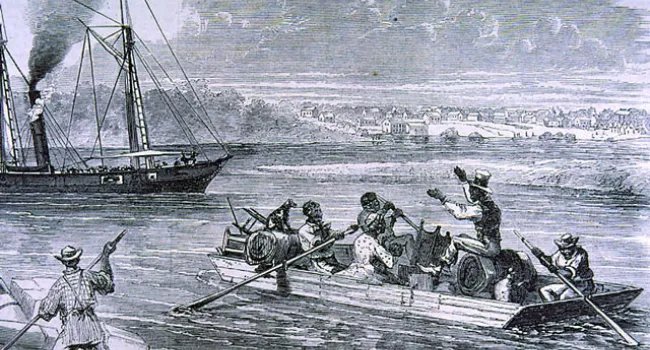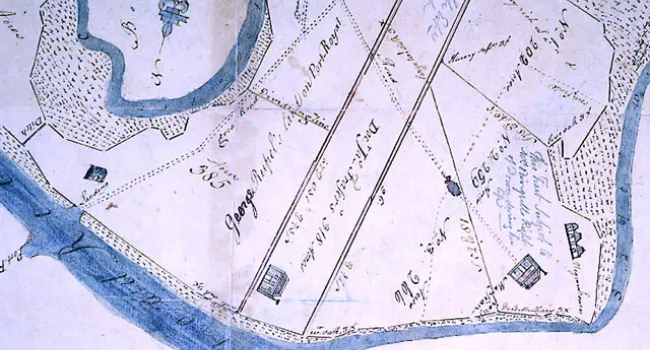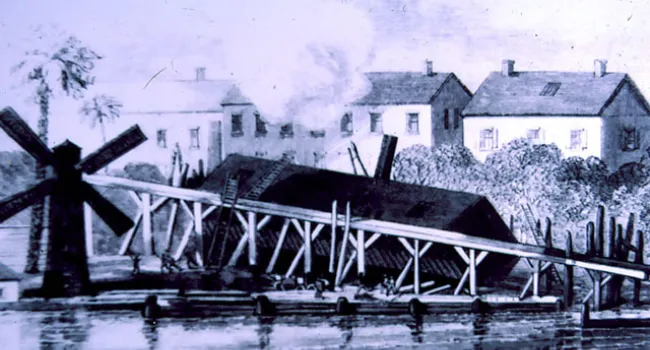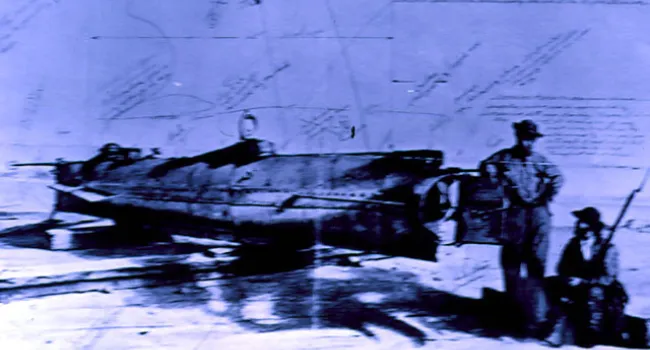
Federal troops, waging the total war that Sherman believed was necessary, were instructed to destroy the South's ability to make war. Here, they destroy a section of railroad tracks at Pocataligo. Sherman's march through South Carolina did not create enormous human casualties, unless the loss of pride and the destruction of property is counted in that category. Sherman believed that the war was so terrible that it had to be ended quickly, to destroy the will of the people to wage it.
Courtesy of the Pratt Memorial Library.
Standards
- This indicator was developed to encourage inquiry into the continuities and changes experienced by Americans of various genders, positions, races, and social status during the Civil War.
- This indicator was developed to encourage inquiry into the relationship between the Civil War and the experiences of women, African Americans, and the planter class in South Carolina.
- This indicator was developed to encourage inquiry into the effects of military strategies to include but not limited to: wartime technologies, the Anaconda Plan, conscription, and Sherman’s March to the Sea.
- This indicator was designed to encourage inquiry into the Civil War focusing on the impacts of military strategies and major turning points on South Carolina and the U.S.


